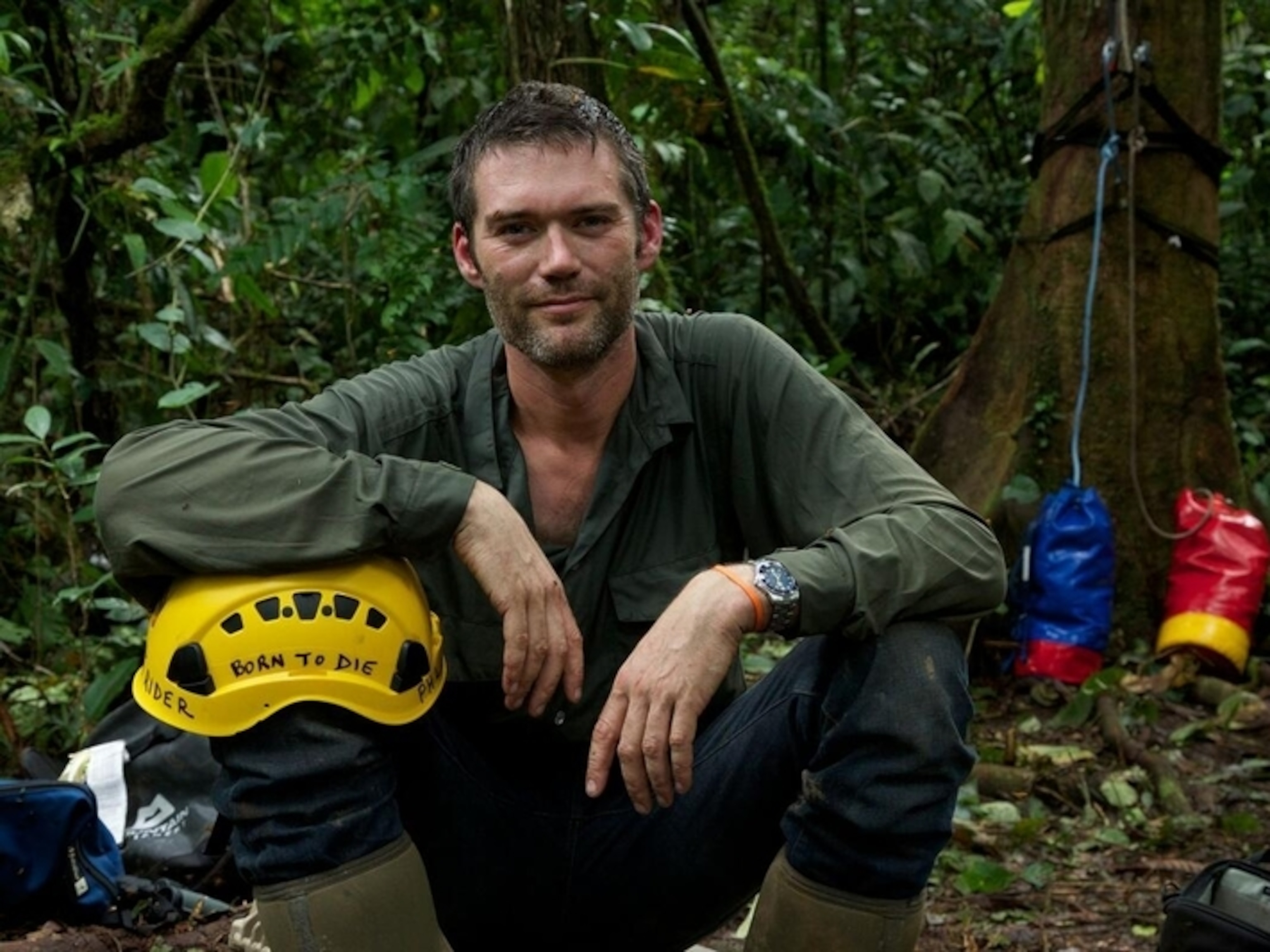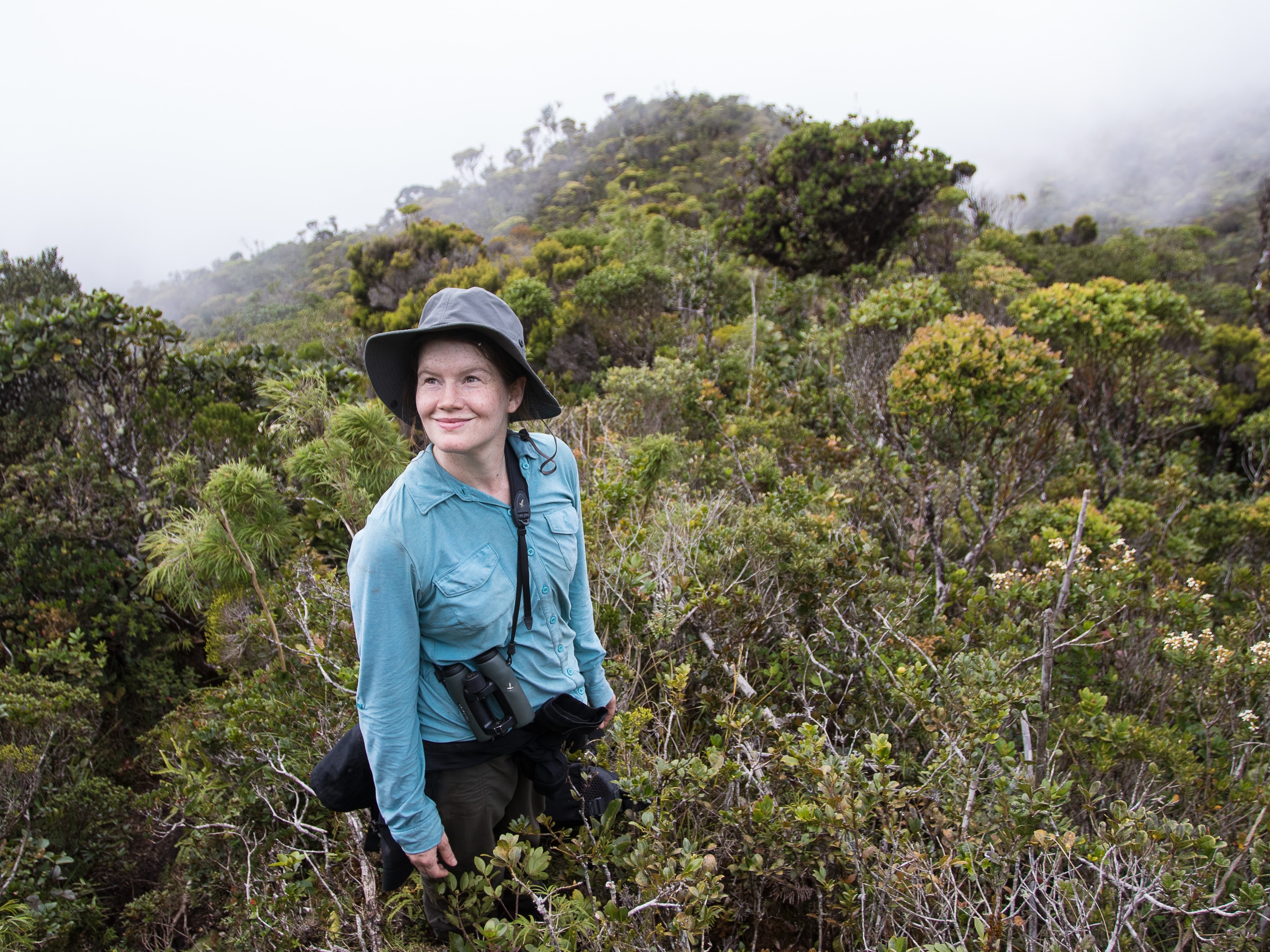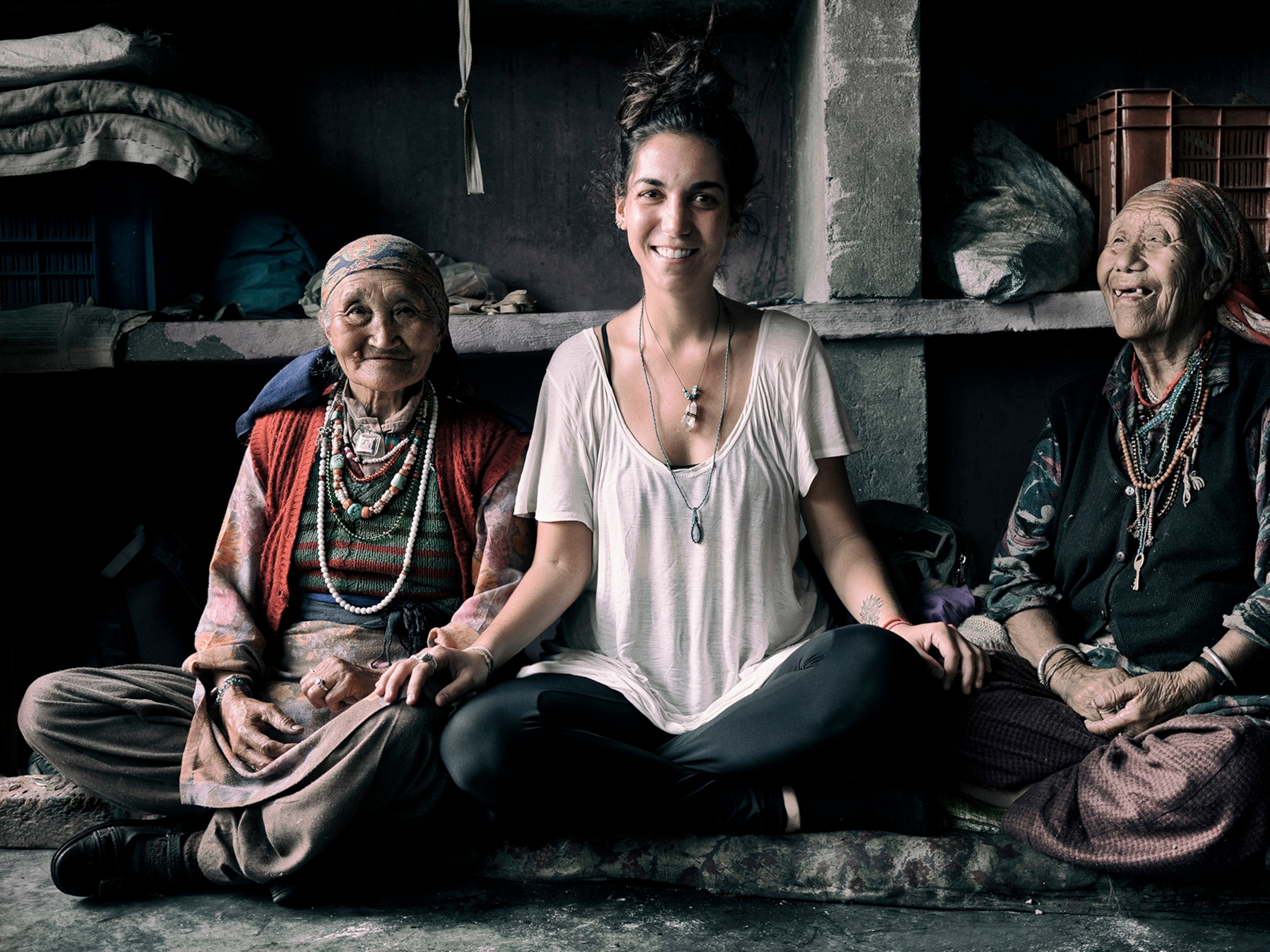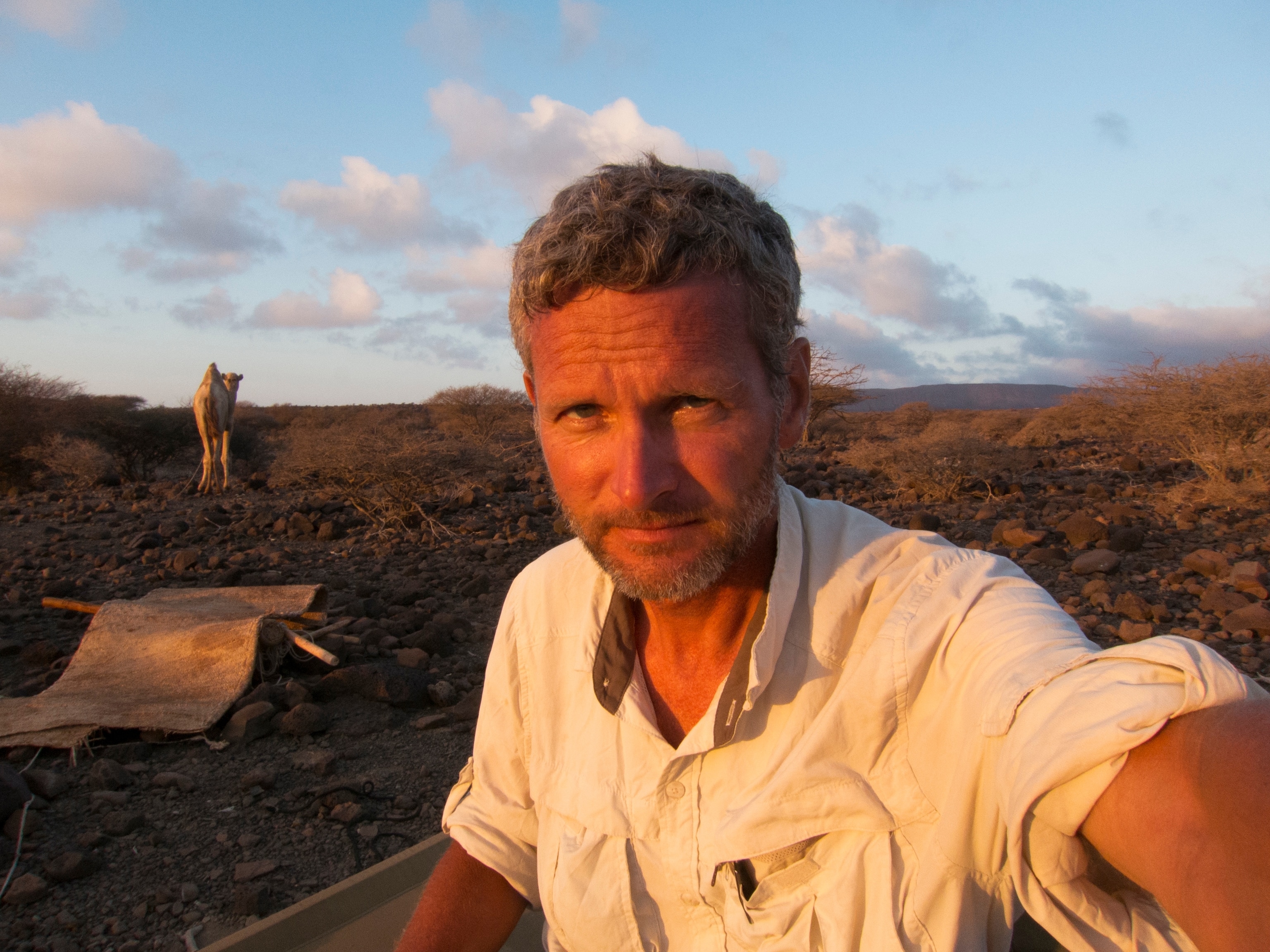Malaika Vaz: Inspiring environmental conservation through storytelling
National Geographic Explorer Malaika Vaz is using the power of story to shed light on threats to the planet, and help put a stop to them.
National Geographic Explorer Malaika Vaz knew from early on that she was destined for adventure. As a child in Goa on the western coast of India, Vaz was, as she puts it, “constantly surrounded by nature.”
“I was someone who spent a lot of time outdoors,” Vaz says. Among her childhood experiences, she recalls research-oriented expeditions to the Arctic and Antarctic, climbing mountains, scuba diving, and windsurfing.

At some point in her late teens, Vaz says she began to feel disillusioned with adventure for adventure’s sake. “I began to feel like adventure didn’t really mean anything if there wasn’t an intent to protect the natural spaces we were exploring in,” she says. She began to seek an outlet that would both sate her appetite for adventure and allow her to advocate for the protection of the species and ecosystems she interacted with.
Vaz maintained an interest in the medium of film, and decided to forego a university education to pursue a career in wildlife filmmaking. She started as a researcher at a production company, and soon transitioned into a role in front of the camera.
“At some point,” she says, “I realized that while I loved being on camera, shaping the stories and bringing in new perspectives and narratives that hadn’t traditionally been seen on television was what I liked best.” This realization propelled her into the director’s chair.
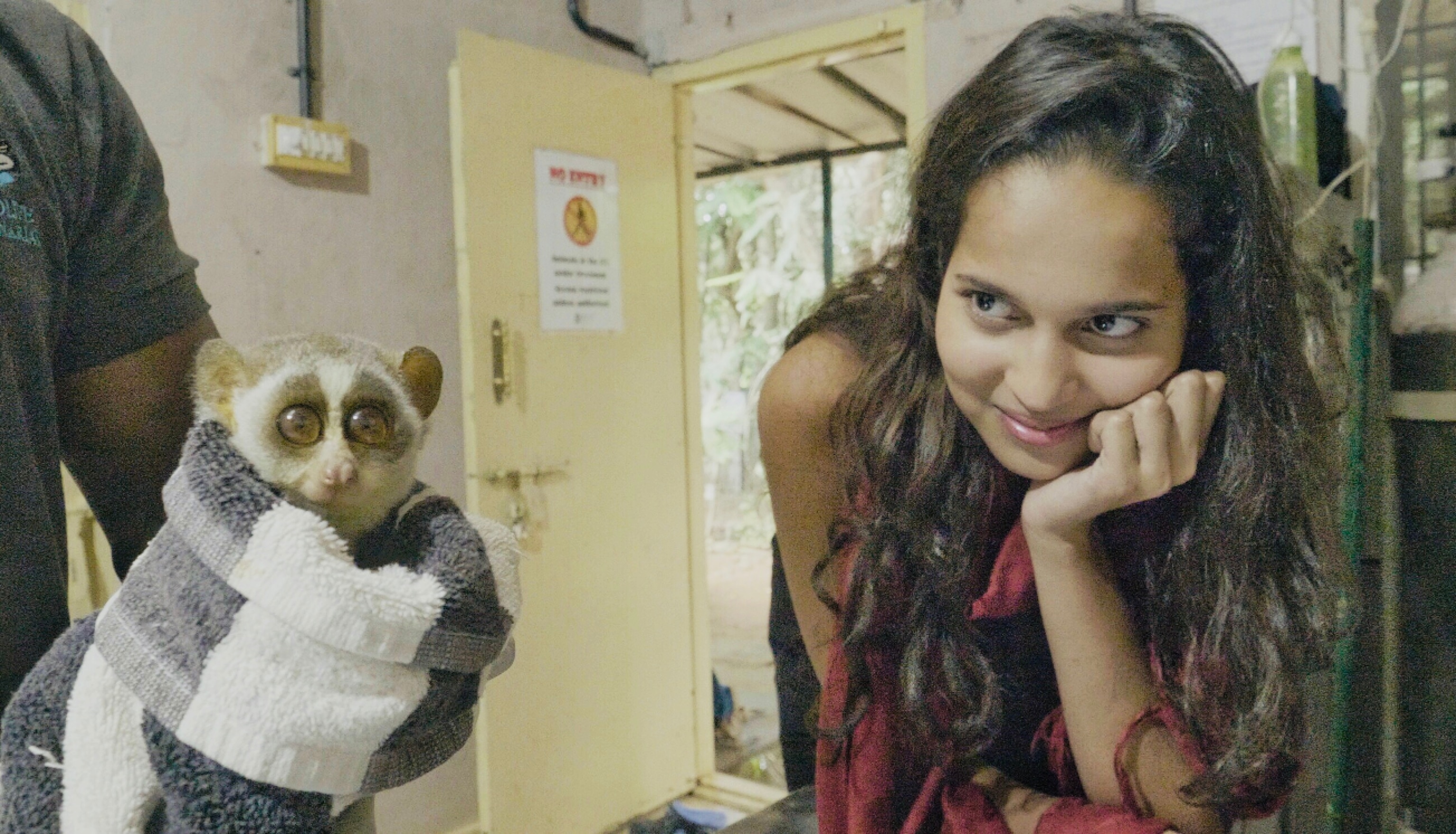
Today Vaz wears many hats in the filmmaking world, as a documentary director, producer, writer, and presenter. Her production company, Untamed Planet , has a mandate to “create meaningful and tangible impact” through its stories about the natural world. In addition to documenting wild animals and wild places, she investigates animal trafficking, human and wildlife conflict, and creates natural history films and series with her team. Since launching her career, her days have been anything but ordinary.
After falling in love with manta rays off the coast of her home in India, she discovered they were being poached and disguised herself as a seafood trader to get as close as possible to the issue. She traced traffickers back to parts of India, China, and Myanmar to figure out why mantas, a threatened species according to the International Union for the Conservation of Nature, were being killed for their gill plates. She shares the chilling details of being watched by seafood trade kingpins in an Overheard podcast episode, and the challenges of going undercover to produce “Peng Yu Sai,” her Green Oscar-nominated film on the matter.
Vaz’s first National Geographic-supported project entailed getting close to big cats, more specifically, getting close to people who regularly get close to Big Cats in a community-driven effort to protect them, in her documentary series, “Nat Geo Wild: Living with Predators.”
The subjects that grab her attention, Vaz admits, run the gamut. And while she’s been asked to define her focus, she prefers variety, and argues that the diversity of issues she pinpoints are more interrelated than they may initially appear.
“I don't think I ever will have a focus area as a filmmaker. Maybe you can ask me a question again when I'm 50, but right now I think that it's kind of exciting to get to dive into the different aspects of environmental stories,” she says. “Also, there's so much connection when you do a story about environmental pollution, when you do a story about wildlife trafficking, you do a story about public health. These might seem like three completely different subjects to someone from the outside, but the truth is that they're so interlinked.”
Vaz has produced films about vulnerable migrant workers through the National Geographic COVID-19 Fund for Journalists, bat conservation in a post-pandemic world for Al Jazeera, and elephant tourism as it relates to criminal trafficking for the BBC’s Natural History Unit, amongst countless other feats that have garnered her international recognition as a filmmaker and conservationist.
Her most recent work with the Society takes a close look at how industrial pollution disproportionately affects vulnerable communities everywhere, from crowded cities in Asia to the remotest parts of the Arctic. For this, she plans to go incognito once again. “I will be embedding with miners. I will be filming in one of the world’s biggest landfills where there's millions and millions of tons of garbage,” Vaz explains. “I'm going to be going undercover in garment factories in Bangladesh to see what the back end of pollution looks like and I’m going to be testing my body to see exactly what the impact of pollution has been on my body.”
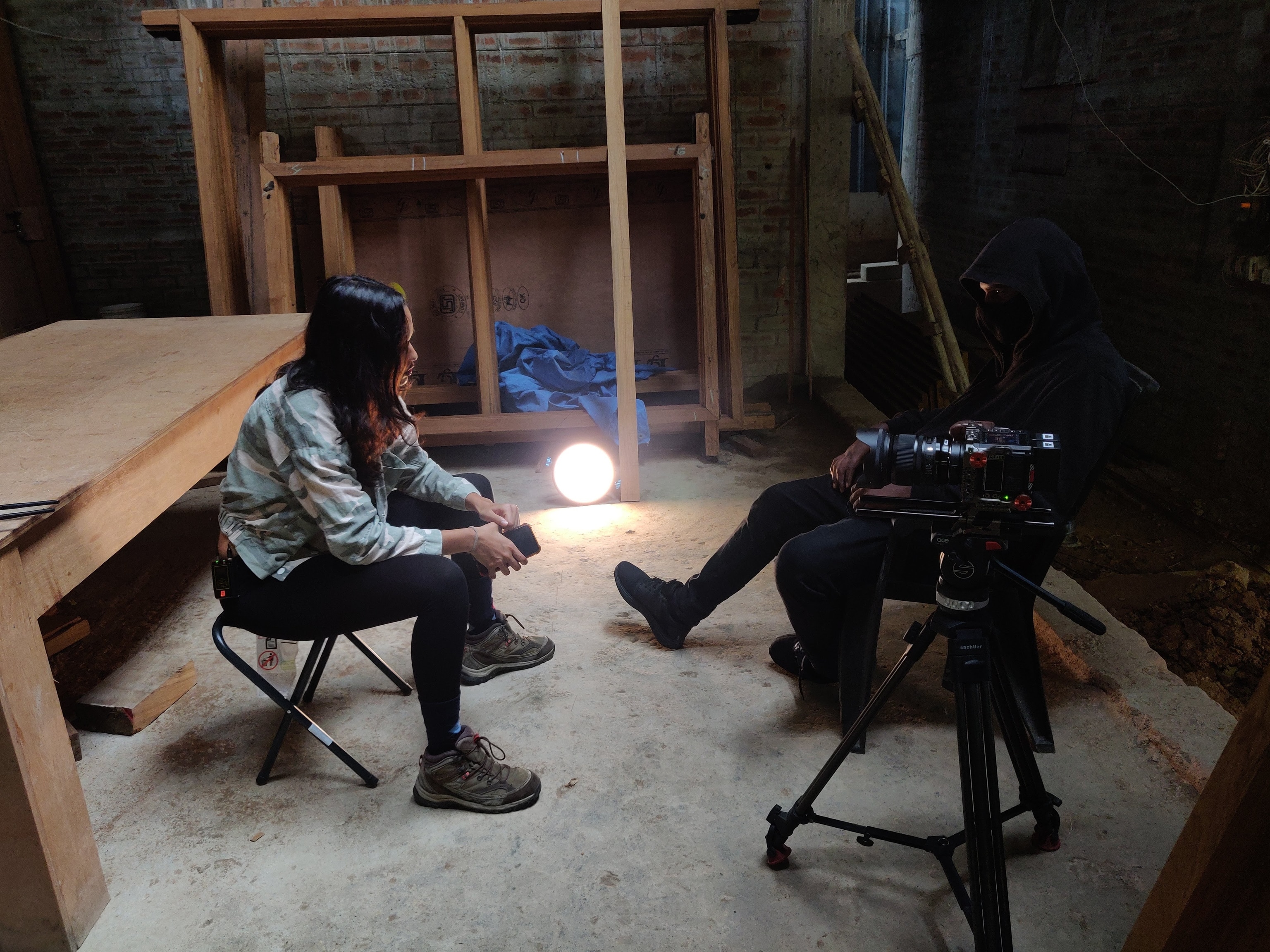
Her hands-on approach is intentional. For Vaz, merely skimming the surface of these multifaceted issues is not enough. She’s determined to tell the full story, details and all, harnessing the power of media to prompt positive change.
While television typically “tries to remove the complexity and keep the drama,” she argues, real storytelling is studded with nuance.
Details matter for several reasons, Vaz goes on, including how they create an accurate representation of her subjects, which she puts at the helm of her mission. She works to ensure the communities she features are active participants in the production process. She assures them, “if you have thoughts, suggestions, or if you just think that we've done a crappy job with one part of representating a story, well, tell us now and we'll change that. That's required.”
She’s reshot a part of a film before to make sure she got it right.
Her work doesn't stop at recording important stories— she’s also on top of follow-through, ensuring the message is heard. Vaz and her team coordinate community screenings to get as many eyes as possible in areas with limited digital access and work with scientists and policy makers to amplify the message of the films they work on. As she puts it, she’s doing “basically whatever it takes” to put the completed films in the hands of people who contribute to the process along the way and, “whose story it is to tell to begin with.”
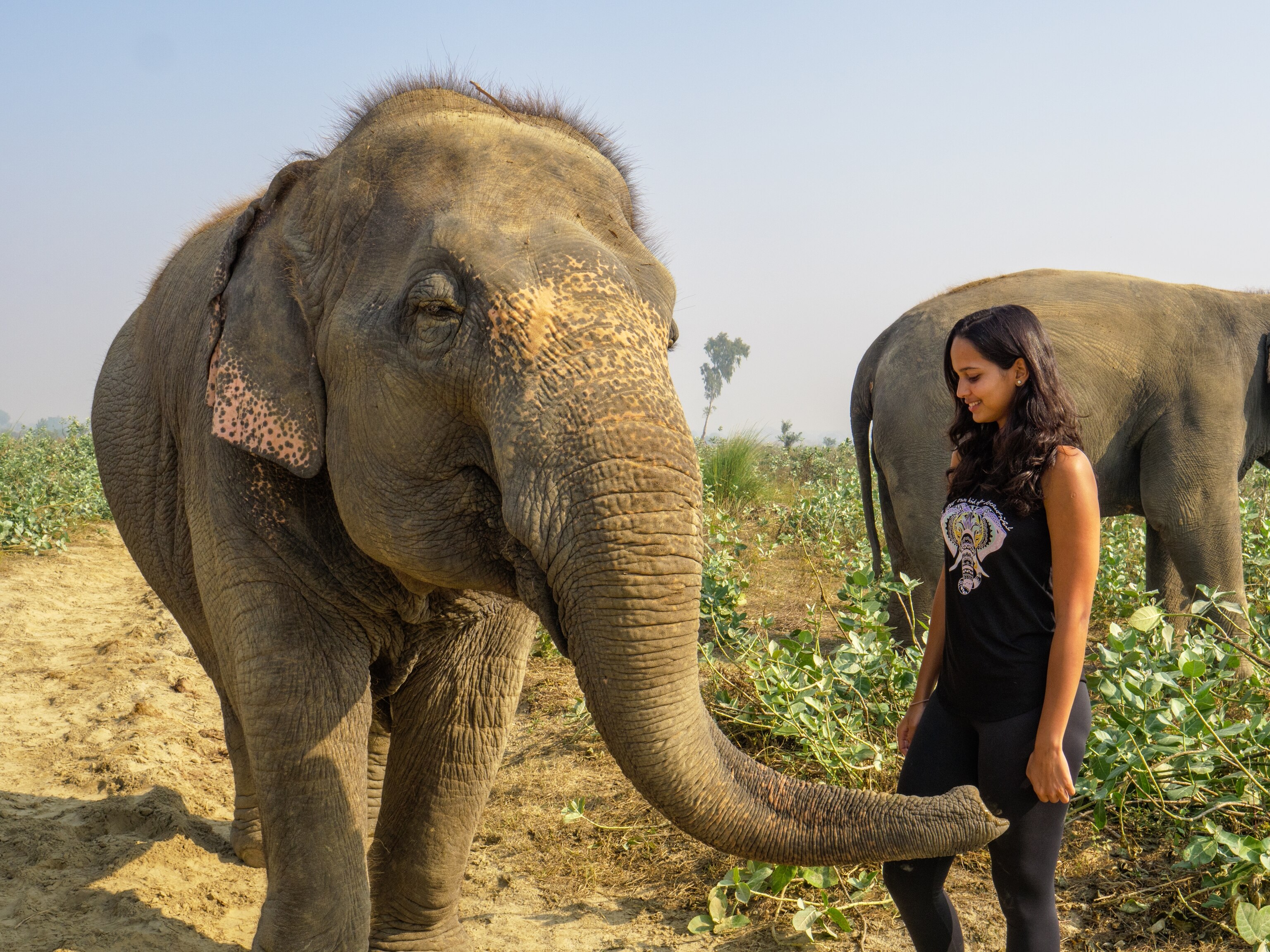
With each project, Vaz sees herself building a mosaic of the shared human experience.
“I’m a filmmaker, but I have to find a common thread of humanity that connects a policymaker in Washington, DC and a culture in India or a future in Africa,” she explains.
“Everyone has to put three meals on the table for themselves—whether you’re a wildlife trafficker or a president of a nation. They are making conscious decisions based on that feeling, that common emotion and sentiment.”
“I think that's what makes it special to me,” Vaz highlights, “to be able to help connect that—to transform statistics into stories.”
Another area humans can, and should come together on is stewarding the planet. From Vaz’s perspective, real improvement in the way the planet is cared for lies in the capable hands of many, from various backgrounds, across disciplines.
“If you're an engineer and you care about the natural world, you can change the kind of construction materials you use. If you’re a teacher in love with the natural world, you can bring that into the tangible learning for your class,” she encourages.
“The truth is we don’t need ten really passionate, committed environmentalists. We need one hundred or one million people who can do a little bit in that field and change things in their domain. And that kind of multiplies.”
As for her part, she goes back to how she was motivated in the first place: “As filmmakers and people designing conservation programs it’s really important to figure out ways that captivate the audience of people who love the natural world to transition from being just adventurers to advocates, to people who can really push for the protection of the natural world.”
ABOUT THE WRITER
For the National Geographic Society: Andrew Rasner is Senior Manager of Digital Content at the Society.

